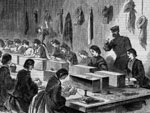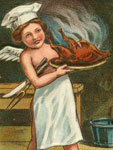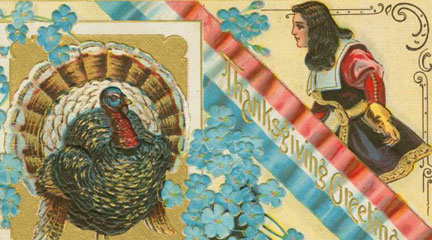Confronting the "Official Story" of American History
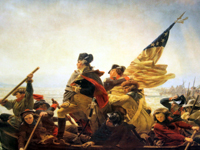
Keith Barton of Indiana University and Linda Levstik of the University of Kentucky wanted to understand the "official" story of American history so often presented in classrooms and textbooks. What happens to aspects of history that don’t fit the way we usually teach U.S. history? And how do students respond?
Barton and Levstik interviewed 48 children, grades 5–8, to see how middle-schoolers understand the significance of particular events. Students were asked to choose from a number of historical events in order to determine which eight to include on a timeline of the last 500 years.
Many students alighted on a central theme in U.S. history: steadily expanding rights and opportunities. While stories like this help structure students' thinking about American history, traditional themes (such as perpetual progress or expanding freedoms) left them ill-equipped to deal with issues like racial inequality or political dissent.
This study suggests that middle-grade students may need help grasping the complexities of the past or finding a place for stories that don’t fit common narratives. The authors proposed that teachers expose students to more complex and diverse perspectives by identifying what such narratives leave out. How has progress not been achieved? Where have freedoms not been expanded? What are the exceptions, the outliers, the cases that don’t fit? The researchers believe that students can learn traditional thematic narratives, while at the same time exploring the richness and complexity of history.
When Barton and Levstik interviewed the students, they found a core group of themes emerged from the events students chose as the most significant. Stories of national origin, American exceptionality, expanding freedoms, and technological progress consistently appeared among the students' choices. Such themes represented an "official version" of American history that all students seemed to recognize.
Some students viewed events as important despite the fact that their themes did not easily fit into the more popular narratives. Racism and sexism directly contradict themes of progress and expanding freedoms. Other events like the Great Depression and the Vietnam War fly in the face of American exceptionality. In both cases, however, students found it challenging to explain why they found these events significant. While students were convinced of the importance of such events, they struggled to reconcile them with common themes of U.S. history.
American history presents a wide variety of events and themes. Some, like our nation’s heritage regarding race, class, and gender, pose particular challenges. Accustomed to justifying the importance of events by referencing a few common themes, many students find themselves at a loss when confronted by events they know are important, but which don’t seem to fit the stories they are used to hearing. Lacking an overarching framework to help make sense of such events, they develop overly simplistic explanations to reconcile jarring events with the official story. As the sample application below shows, their explanations may put events together, but at the expense of historical accuracy.
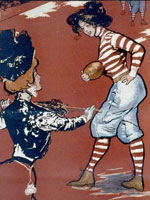
- Have students create a timeline of important events in American history, asking them to explain why they make particular choices.
- After students create their timeline, discuss the major themes that arise from their picks. Do they seem to represent an "official" history?
- Once they have identified common historical themes, ask students to pick out events that don’t fit the "official story." What might explain this lack of fit?
When learning about the Great Depression, one group of students demonstrated a characteristic dilemma. As far as they knew, throughout its history the United States had been on a steady march of economic progress. Consequently, students weren't sure how the Great Depression fit into this story:
- "It wasn't a good part of history."
- "It was something to learn from."
- "It was the first time our country had become really poor."
- "They realized that they weren’t the god of all countries."
- "It’s not going to be perfect all the time."
As these quotes demonstrate, students had accumulated a wide range of conceptions about the Great Depression. They knew bad things had happened, but thought these occurred uniformly to all Americans. As a result, they concluded that the nation had been punished for being too prosperous or self-satisfied. They entirely missed the fact that the Great Depression occurred for many specific and complex reasons, and affected different Americans in dramatically diverse ways.
Keith C. Barton and Linda S. Levstik, "'It Wasn’t a Good Part of History': National Identity and Students' Explanations of Historical Significance," Teachers College Record 99, no. 3 (Spring 1998): 478–513.
